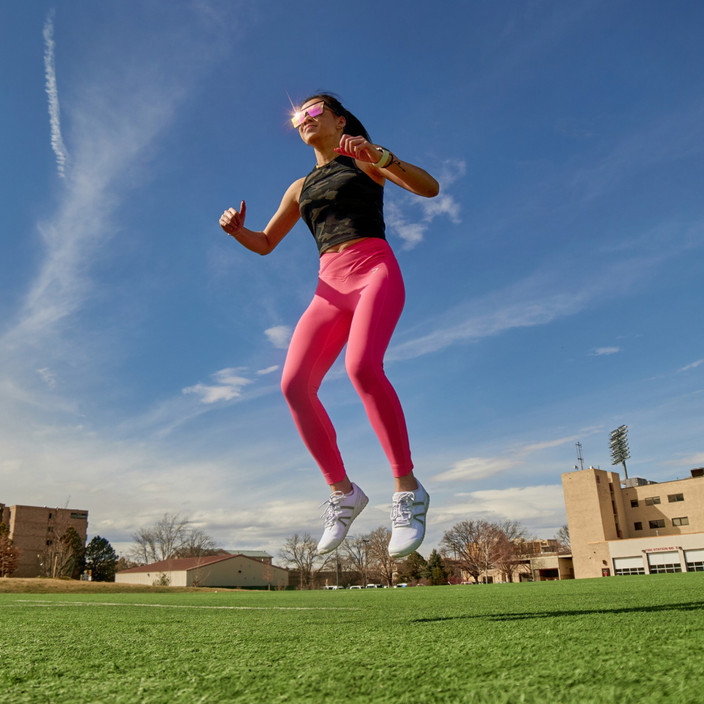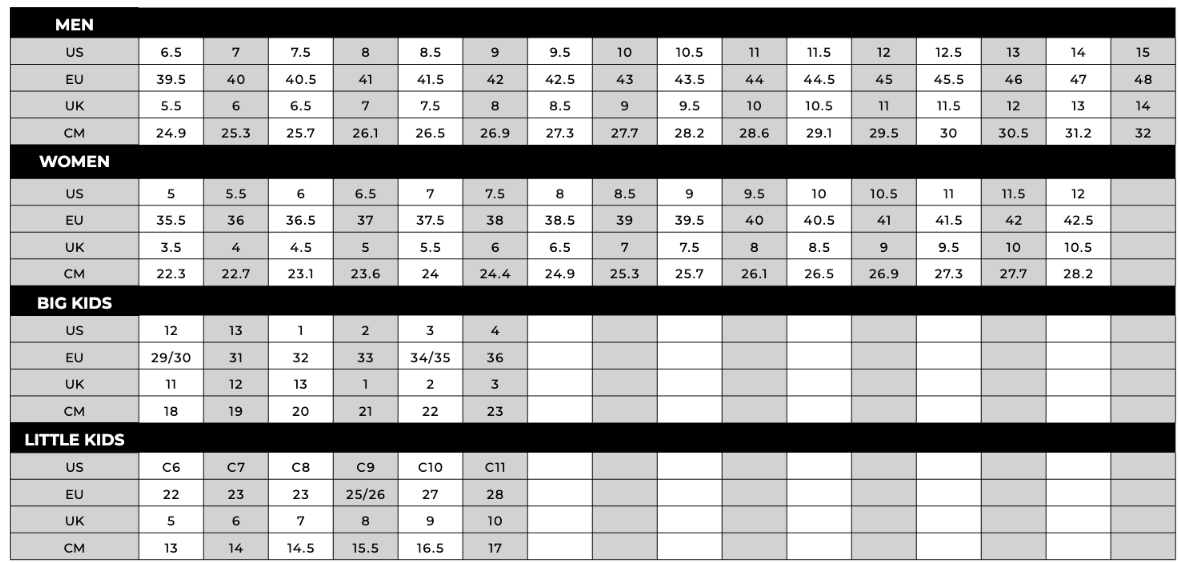Why Recovery Is Important
Posted by Xero Shoes Australia on 8th Sep 2025

If training is the work, recovery is the reward. But too often, it’s the part people rush or skip entirely. Whether you’re logging kilometres on the road, chasing PBs in the gym, or just moving more in your day-to-day, recovery is where your body adapts, rebuilds, and actually gets stronger.
Skipping it doesn’t just leave you sore. It leaves you stalled.
What Recovery Actually Does
Every time you train, you create tiny amounts of stress in your muscles, joints, and connective tissue. That’s how progress happens: stress, then repair. But recovery isn’t just lying around waiting for soreness to fade. It’s an active process where your body restores glycogen, reduces inflammation, and builds resilience for the next session.
Without enough recovery, that stress compounds. You start to see nagging tightness, dips in energy, poor sleep, or workouts that just don’t feel the same. These are early signs your body is asking for a break before it forces you to take one.
Active vs Passive Recovery
Recovery doesn’t mean doing nothing. There’s value in both active and passive approaches.
- Active recovery might mean walking, yoga, mobility drills, or an easy bike ride. Low-intensity movement keeps blood flowing, helping nutrients reach the muscles and speeding up repair.
- Passive recovery is your downtime: rest days, quality sleep, massage, hydration, nutrition, and letting your nervous system reset.
The best approach is a mix of both. Listen to your body, and let your recovery match your training load.
The Role of Footwear
Here’s the part most people overlook: your feet also need recovery. After miles of running or hours of standing, tight, restrictive shoes can keep your muscles from relaxing properly and stop natural movement from doing its job.
That’s why recovery doesn’t stop when your shoes go on. It continues through them. Lightweight, foot-shaped designs that let your toes splay, your arches flex, and your heels move freely can support natural circulation and help reduce tension from the ground up.
If your recovery tools start at your feet, the rest of your body follows.
Make It a Habit
Recovery shouldn’t be the thing you add in when you’re sore. It should be part of your training plan. Think of it as training smarter, not less. Prioritise sleep. Eat well. Stretch what’s tight. Move in ways that feel good, not forced.
Skipping recovery doesn’t make you tougher. It makes you slower.
And if you treat recovery with the same respect as your workouts, you’ll not only feel better, you’ll move better, longer, and stronger.






